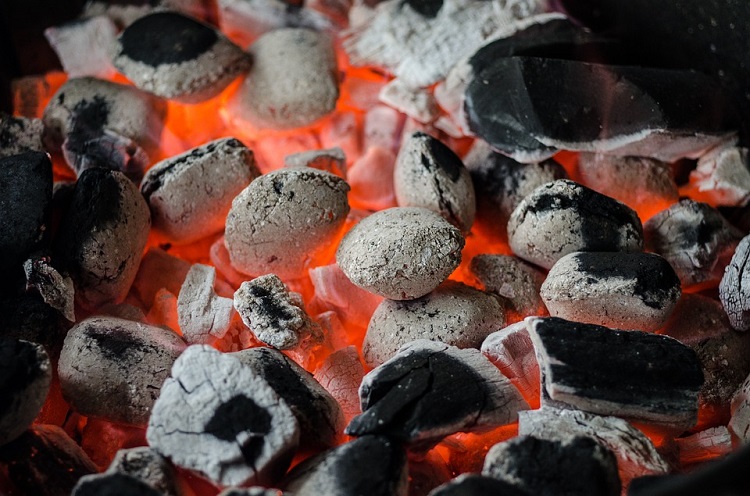During the week, my attention was drawn to what I would call a “privileged” hashtag that was doing rounds on Twitter. The hashtag was calling on everyone to use LPG.
The hashtag, #CookingTaxKe was wrongly packaged and those behind it seemed detached from the reality. There are places in this country where the term LPG is a pipe-dream and anybody who has it is more popular than the area assistant chief.
A great percentage of Kenyans live in rural areas with the poorest road network that cannot even allow the refilling of the LPG. The only option they have for cooking is either firewood or charcoal. Wanting to criminalize the use of these two is like criminalizing poverty.
What we need right now is not to wish away the use of charcoal but to embrace innovations that conserve energy by minimizing the use of both charcoal and firewood.
The whole of Africa needs to rethink its energy-consumption options, and in these options, charcoal and firewood must be there whether by choice or default.
The “cooking and heating problem” as some call it is not just a Kenyan problem. It is all across Africa. Across Africa, charcoal is the main form of cooking and heating. What Africa needs right now, are forms that use the same charcoal but in a conservatory manner.
“In the next 30 years, Africa is going to grow into another Africa. The population is going to double to about 2.3 billion people,” said Peter Scott, the Chief Executive Officer of Burn Manufacturing.
With the population doubling, the common social and economic problems are also likely to double. The unemployment rate will continue to increase and people are likely to find it hard to sustain themselves economically. There is a need to have systems that will help them spend less and remain healthy.
According to Mr. Scott, as the population of Africa continues to balloon, in the next 30 years, at least 1.7 billion people will still be using biomass, firewood, and charcoal. These methods of cooking and heating will not go away overnight. Kenya tried it with an affordable LPG program but it died at inception.
As the world and Africa continue to champion the use of clean energy, in the next 30 years, people will still be using biomass, firewood, and charcoal. There is a need to come up with “systems and technologies that will allow people to burn (available) fuels cleanly,” said Mr. Scott.
In Kenya, the majority of the people, both in rural areas and urban centers, such as Nairobi, are still using charcoal and firewood to cook. LPG is still a luxury to millions of Kenyans.
The use of firewood, especially in open cooking has always been a health risk to millions of Kenyans, especially children under the age of 5. Stats show that respiratory complications are among the leading cause of death among children under the age of 5 in Kenya. Many mothers who use firewood are ailing from respiratory-related diseases.
“People are not actually aware of how much they are spending on charcoal and firewood in Africa. In the whole continent, people are spending about 15 billion shillings on charcoal,” he added.
Mr. Scott says his company is always in the process of making sure that Kenyans and Africa have clean, reliable, and affordable ways of cooking and heating through energy-saving jokes. Borrowing a leaf from Mr. Scott, doing away with charcoal will start with embracing energy-saving jikos in a gradual process that will take years before facing them off.

